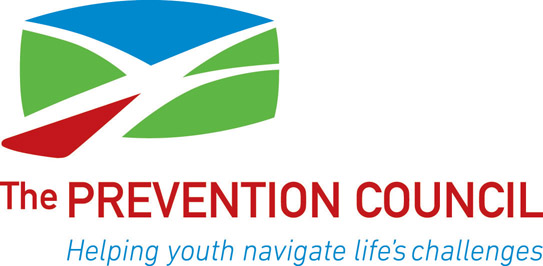April 13, 2017
Story by: Larry Goodwin
Seen in: Saratoga Today
Link to article: https://saratogatodaynewspaper.com/home/item/6395-county-leaders-united-to-fight-drug-addiction
WILTON — With his laptop in hand on a recent Thursday evening, James Norton politely informed the Wilton Town Board about his group’s coordinated efforts to tackle opioid addiction in local communities.
“If you have any questions as to how we, as a government, can help your organization, let us know,” responded Wilton Supervisor Arthur Johnson. “It really is a big problem in this area.”
Norton, a coordinator for The Prevention Council in Saratoga Springs, shared his findings with the board on April 6. He said drug addiction is not caused solely by heroin and fentanyl sold illegally in the streets.
He talked about the hundreds of pounds of prescription pills—most containing synthetic opiates—that people have thrown out during drug take-back events.
Norton said more than half of “misused medications” are emanating from cabinets inside the homes of friends or families, which often leads to more serious problems.
“Four out of five individuals in treatment for heroin misuse started with a prescription opioid,” Norton says in a written compilation of his research.
“There has been a 222 percent increase in treatment rates in upstate New York and a 136 percent increase statewide,” Norton added.
He also described the measurable impacts on both drugged and drunk driving.
“The younger generations tend to drive under the influence of drugs more than they do alcohol,” Norton said.
Norton went on to promote the next prescription drug take-back event scheduled for April 29, between 10 a.m. and 2 p.m., at eight locations from Clifton Park to Moreau.
The Prevention Council supports a variety of programs that are aimed at young people and funded mostly through state and federal grants. The group “is always looking for new members” to help out, Norton told the board in Wilton.
The council’s motto is “Helping Youth Navigate Life’s Challenges.” It is part of a coalition of groups and law-enforcement agencies organizing the pill take-back events, including another on August 26, with the federal Drug Enforcement Administration.
On May 10 at the South Glens Falls High School, the group Community Coalition for Family Wellness is organizing more informative presentations on the subject of “Addiction and the Opioid Epidemic.” That event starts at 6 p.m.
“We’ve got to get the drugs out of the medicine cabinets,” insisted Janine Stuchin, executive director of The Prevention Council, in a subsequent interview arranged by Norton.
Stuchin admitted her surprise three years ago when a family member was prescribed two bottles of painkillers for the removal of a wisdom tooth. Many of those pills went unused and were later discarded, she said.
According to Stuchin, there was a time when opioids were prescribed by doctors only for intensive medical care at the end of life. But by the late 1990s, she said, economic markets motivated doctors to rely more heavily on pills for all sorts of “palliative” relief among their patients.
That, in turn, fueled much higher abuse rates for opioids, which are classified in federal law among the most addictive of all drugs.
Stuchin thinks that medical professionals should prioritize finding solutions for such problems right alongside cancer research. But the public stigma of opioid addiction prevents the emergence of more compassionate strategies, she added.
“People relapse with addiction,” Stuchin said, “and they need community support.”
The Prevention Council, in conjunction with Project Safe Point, offers training classes and free kits every month to parents, teachers, nurses and many others to administer the nasal spray Naloxone (or Narcan), which can prevent opioid overdoses.
According to Mike McEvoy, a coordinator for Saratoga County Emergency Medical Services, there was a substantial increase last year in overdose calls to 911— an average of roughly 30 per week—but they appear to be decreasing in frequency.
“There are occasional spikes but the steady increase we had been seeing prior to and during 2016 seems to have leveled off,” McEvoy said in an email.
Saratoga County Commissioner of Mental Health, Dr. Michael Prezioso, said equally important addiction services are provided to individuals by emergency departments, drug courts, counselors and treatment centers.
He said establishing short-term detox facilities also should be considered by local officials as a means to address drug addiction.
“It’s not just the arrests” that make a difference, Prezioso said.
On April 10, both Prezioso and Saratoga County Director of Public Health, Catherine Duncan, were scheduled to give reports to the county’s Public Health Committee.
At that meeting, Duncan was pressed on efforts being made in the county to counteract drug addiction.
She explained that her department, among other measures, is working with the Saratoga Performing Arts Center to reduce drug problems during seasonal concerts.
Clifton Park Supervisor Philip Barrett ended the discussion by emphasizing how the Saratoga County Sheriff ’s Office routinely posts related updates on its Facebook page.
A major difficulty, according to Barrett, is that certain opioids are “easy to get” and “cheap” in the streets. He said those basic facts affect “every single community in the country.”

